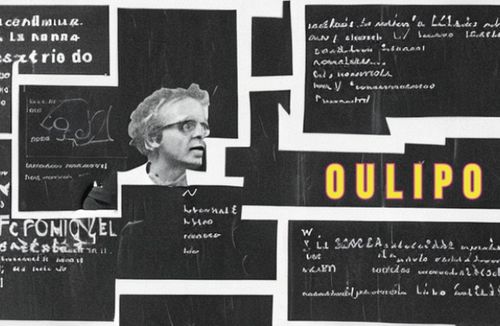Oulipo: A mathematical way to cure writer's block
Jan 27, 2023 · 2 mins read
0
Share

Raymond Queneau beat writer's block and founded an experimental literary movement by creating a flipbook called One Hundred Thousand Billion Poems.
Each page had 14 lines written on strips that could be swapped with lines from other poems – a near-infinite set of possibilities.
Save
Share
It marked the beginning of Ouvroir de Littérature Potentielle, or Potential Literature Workshop (OuLiPo), founded by Queneau (a French writer interested in science) and François Le Lionnais (a French scientist interested in literature) in 1960.
Save
Share
The collective's goal was to create rigid writing limitations that could produce ambitious new works of literature.
Why? Because they believe that writing is always limited, whether by time or language – and so they embraced restrictions rather than trying to eliminate them.
Save
Share
By sticking to self-imposed limits, they believed, the writer could avoid being overwhelmed by unconstrained imagination and unlock newfound potential.
Many of these devices became mathematical or puzzle-like in nature, such as palindromes or univocalism (using only one vowel).
Save
Share
One of the most popular techniques is N+7, where you take an existing poem and swap each noun with a word that appears seven nouns away in the dictionary.
E.g. Robert Frost’s famous line “Two roads diverged in a yellow wood” becomes “Two roams diverged in a yellow woodwind.”
Save
Share
Another example is 1969’s A Void by novelist Georges Perec. The 300-page book was written without the most common letter in French, “e”.
Since it’s pronounced "eux" ("them" in English), it was a symbolic way of representing those who disappeared during WW2. This is a lipogram.
Save
Share
In a 'snowball' poem, each line gains a letter in length with each passing line. This is called a rhopalism and works by gathering momentum the same way a snowball would rolling downward.
Save
Share
George Saunders teaches a writing exercise that is perfectly Oulipian:
- Write a story that is exactly 200 words long (not 199, not 201)
- Use only 50 unique words (including "the", "a", etc)
- Do it in 45 minutes.
-> Once you've chosen a word, you effectively must re-use it
Save
Share
These techniques put your attention on the constraints, which forces you to approach writing differently than normal.
The part of your brain that would usually be focused on tones or themes is busy counting or being economic, which frees up your imagination to get playful.
Save
Share
If you need proof that this concept still works, OuLiPo’s current president is Hervé Le Tellier.
He used Oulipian techniques to write The Anomaly – a puzzle-box of a novel that explores our relationship with reality – in 2021.
It has since sold over 1 million copies.
Save
Share
0